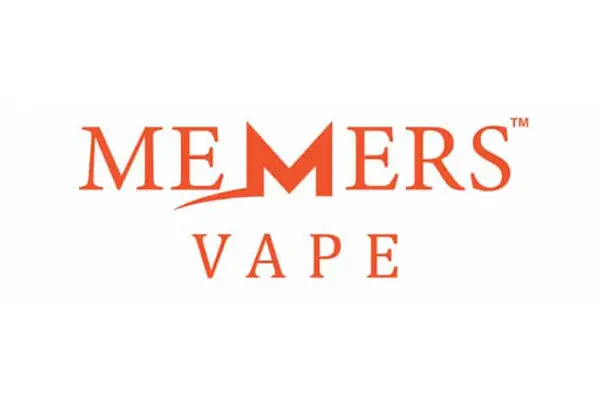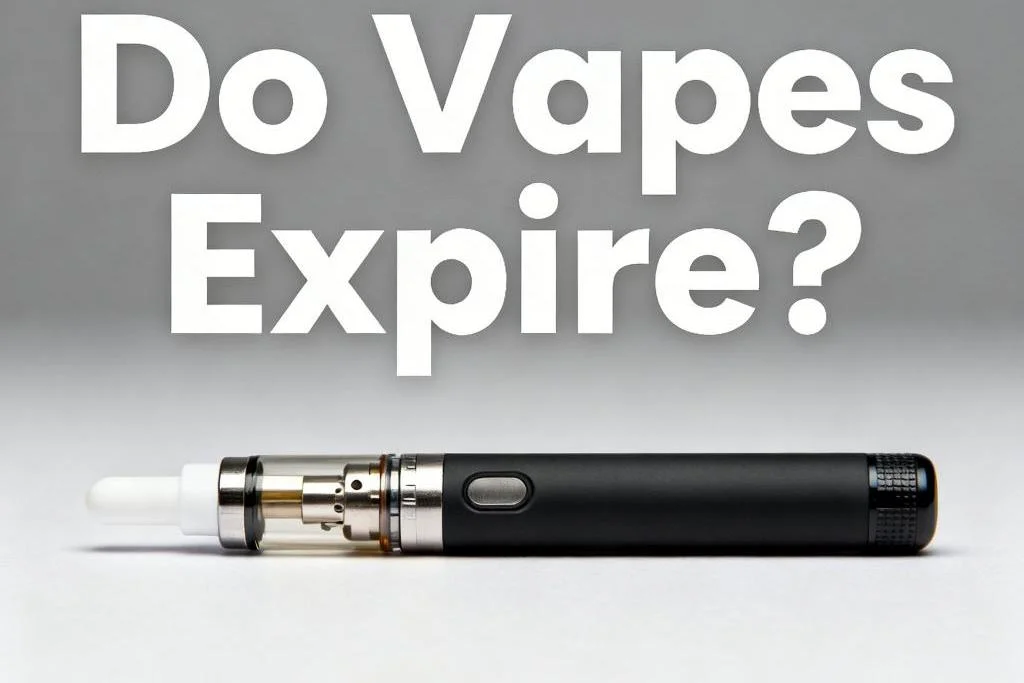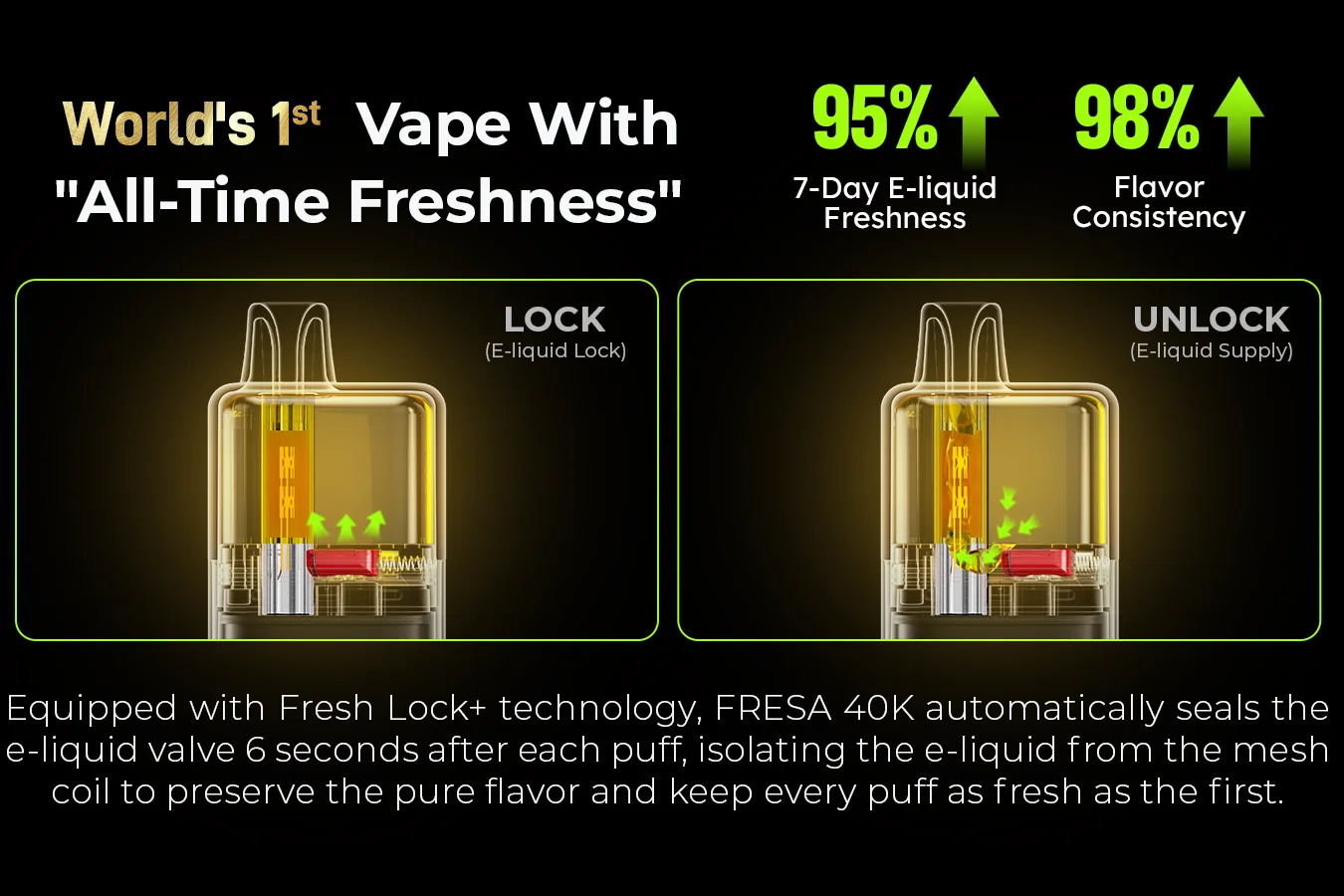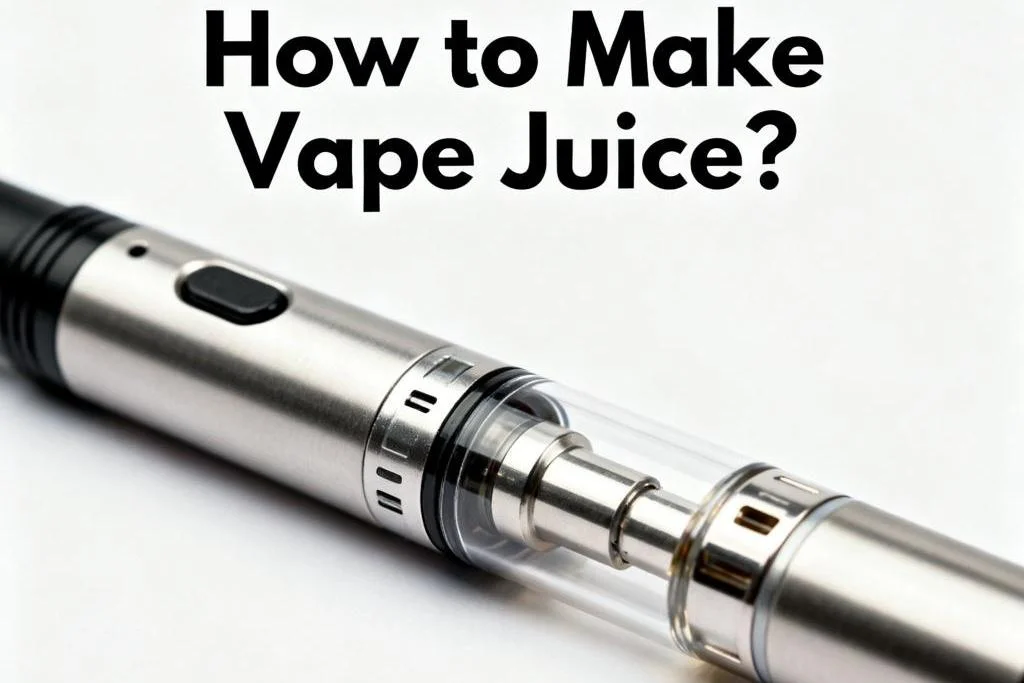What Is in Vape Juice?
10/23/2025, 9:24:44 AM 264
Vape juice, also known as e-liquid or e-juice, is the liquid used in electronic cigarettes and vaporizers to produce vapor. While it might seem simple, vape juice is a carefully formulated mixture of several components that determine flavor, vapor production, and nicotine strength. Understanding what’s in vape juice helps users make informed decisions about what they inhale and ensures safer, more satisfying vaping experiences.
The Main Ingredients in Vape Juice
Propylene Glycol (PG)
Propylene Glycol is a colorless, odorless liquid that serves as a carrier for flavor and nicotine. It produces a stronger “throat hit,” similar to traditional cigarettes, making it a popular base for those transitioning from smoking to vaping. PG is commonly used in food, cosmetics, and pharmaceutical products and is considered safe for consumption by regulatory agencies like the FDA.
Vegetable Glycerin (VG)
Vegetable Glycerin is a thicker, sweeter liquid derived from vegetable oils. It’s responsible for creating dense vapor clouds, making it ideal for cloud chasers and sub-ohm vaping. VG provides a smoother inhale compared to PG but may slightly mute the flavor intensity. Most vape juices use a blend of both VG and PG, often labeled as a ratio such as 70VG/30PG or 50VG/50PG, depending on vaping style preferences.
Nicotine
Nicotine is the addictive compound naturally found in tobacco plants. In vape juice, it’s added in varying concentrations, ranging from 0 mg (nicotine-free) to higher strengths like 20 mg or 50 mg, especially in nicotine salt formulations.
There are two main types:
- Freebase Nicotine: Offers a stronger throat hit and is commonly used in standard e-liquids.
- Nicotine Salts: Provide smoother inhalation even at higher concentrations, making them ideal for pod systems.
Flavorings
Flavorings are the most diverse and creative part of vape juice composition. These are food-grade flavor concentrates, the same types used in candy and beverages. They range from simple single flavors like menthol or strawberry to complex blends like dessert, tobacco, or tropical fruit combinations. Manufacturers use proprietary mixes to deliver unique and appealing taste profiles.
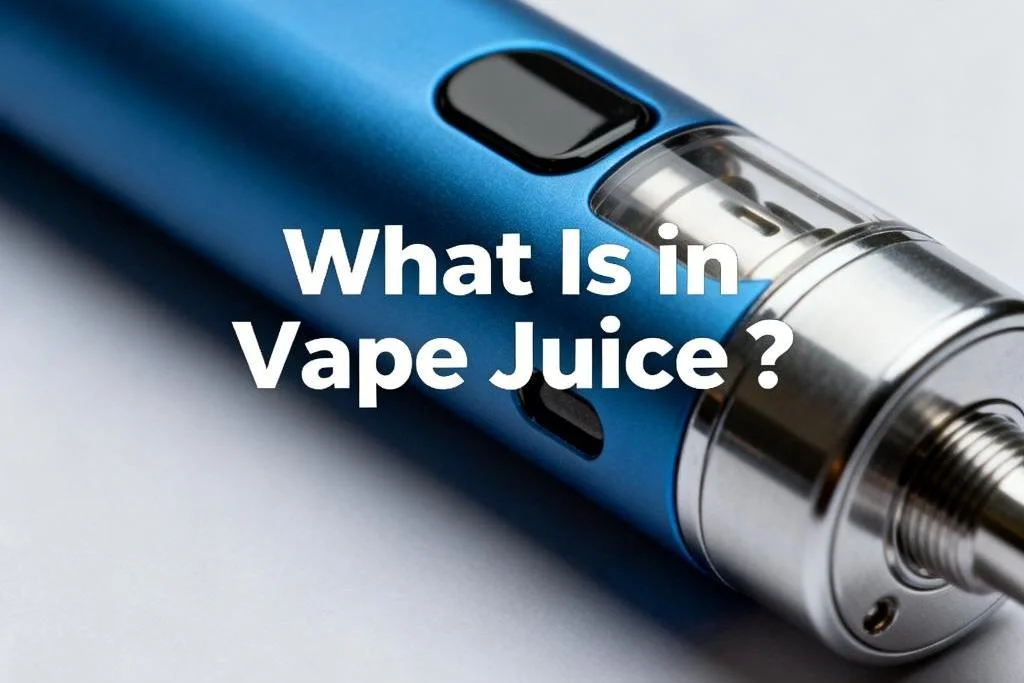
Optional Additives and Sweeteners
Some vape juices include additives such as sweeteners (like sucralose or ethyl maltol) to enhance flavor. While these improve taste, they can lead to coil buildup and shorter coil lifespan. Other optional ingredients may include cooling agents (e.g., menthol or WS-23) for an icy sensation or colorings for visual appeal, although high-quality brands typically avoid unnecessary additives.
What’s Not in Vape Juice
Unlike traditional cigarettes, vape juice does not contain tar, carbon monoxide, or the thousands of harmful combustion byproducts associated with smoking. However, heating e-liquid at high temperatures can still produce trace chemicals such as formaldehyde or acrolein if used improperly or with damaged coils. Choosing reputable brands and maintaining devices properly minimizes these risks.
Choosing the Right Vape Juice for You
When selecting a vape juice, consider:
- Nicotine Strength: Higher for recent ex-smokers, lower for casual users.
- PG/VG Ratio: Higher PG for a stronger hit; higher VG for bigger clouds.
- Flavor Profile: Based on personal preference — fruity, dessert, menthol, or tobacco.
- Brand Reputation: Always purchase from trusted manufacturers that disclose ingredients and follow safety standards.
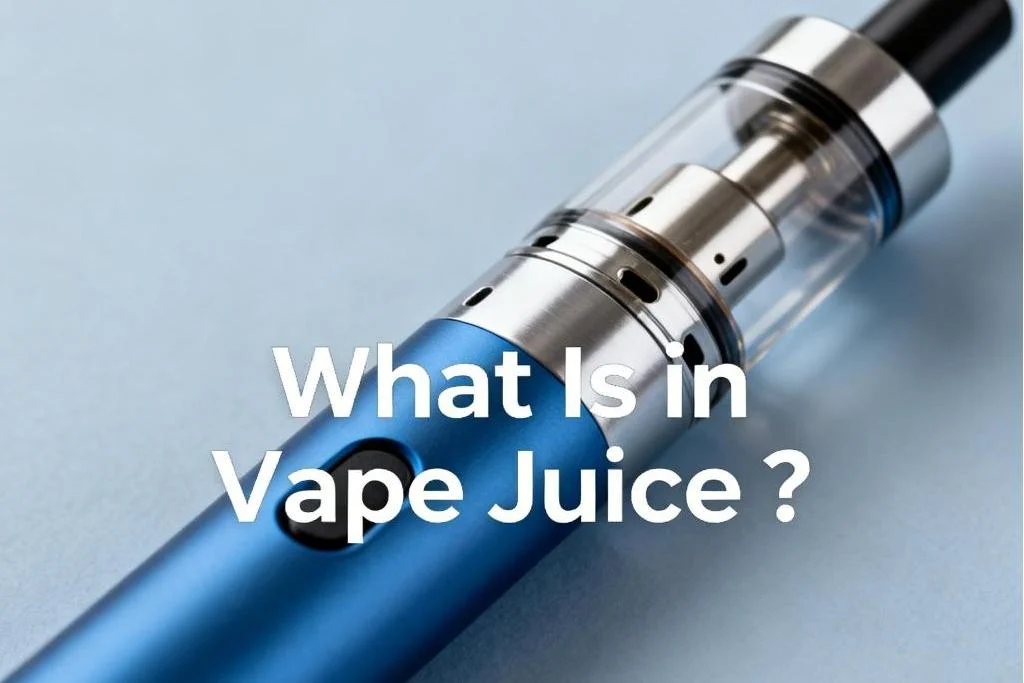
Are Vape Juice Ingredients Safe?
Most vape juice ingredients are recognized as safe for ingestion, but inhalation effects can differ. While vaping is widely regarded as less harmful than smoking, it’s not risk-free. Ongoing studies continue to evaluate long-term health impacts, particularly concerning flavoring chemicals and nicotine dependence. Using regulated products and avoiding homemade or unverified e-liquids remain key to reducing potential harm.
Conclusion
Vape juice is a blend of propylene glycol, vegetable glycerin, nicotine, and flavorings — each playing a crucial role in the vaping experience. Understanding what’s in vape juice helps vapers make safer and more satisfying choices. Whether you prefer thick vapor clouds or bold throat hits, selecting quality e-liquids from reputable brands is the best way to ensure a smooth and enjoyable vape.
FAQs
1. Is vape juice safe to inhale?
Vape juice is made from ingredients that are generally recognized as safe for ingestion, such as propylene glycol, vegetable glycerin, nicotine, and flavorings. However, inhalation is different from oral consumption, and long-term effects are still being studied. While vaping is considered less harmful than smoking traditional cigarettes, it’s not completely risk-free — especially due to nicotine’s addictive nature and potential irritation from certain flavor compounds.
2. Does vape juice contain any harmful chemicals?
High-quality vape juice from reputable brands is free from tar, carbon monoxide, and many of the harmful chemicals found in tobacco smoke. However, when overheated, e-liquids can produce trace levels of aldehydes like formaldehyde or acrolein. Using proper wattage settings and maintaining clean coils helps minimize these byproducts and ensures safer vaping.
3. What is the difference between PG and VG in vape juice?
PG (Propylene Glycol) and VG (Vegetable Glycerin) are the two main base liquids in vape juice. PG delivers stronger flavor and a sharper throat hit, while VG is thicker and creates larger vapor clouds with a smoother inhale. E-liquids are usually blended in different ratios (such as 70VG/30PG or 50VG/50PG) depending on your device and vaping preference.
4. Does all vape juice contain nicotine?
No, not all vape juices contain nicotine. Many manufacturers offer nicotine-free options (0 mg) for users who want to enjoy flavors without nicotine. For those seeking a nicotine hit, e-liquids are available in various strengths and types, including freebase nicotine for stronger throat hits and nicotine salts for a smoother experience.
5. Are flavorings in vape juice natural or artificial?
Vape juice flavorings can be either natural or artificial, and most are food-grade concentrates approved for consumption. Common categories include fruit, menthol, dessert, and tobacco flavors. While these ingredients are safe to eat, their long-term inhalation effects are still being researched, so it’s important to buy from trusted brands that use verified, high-quality flavor sources.



